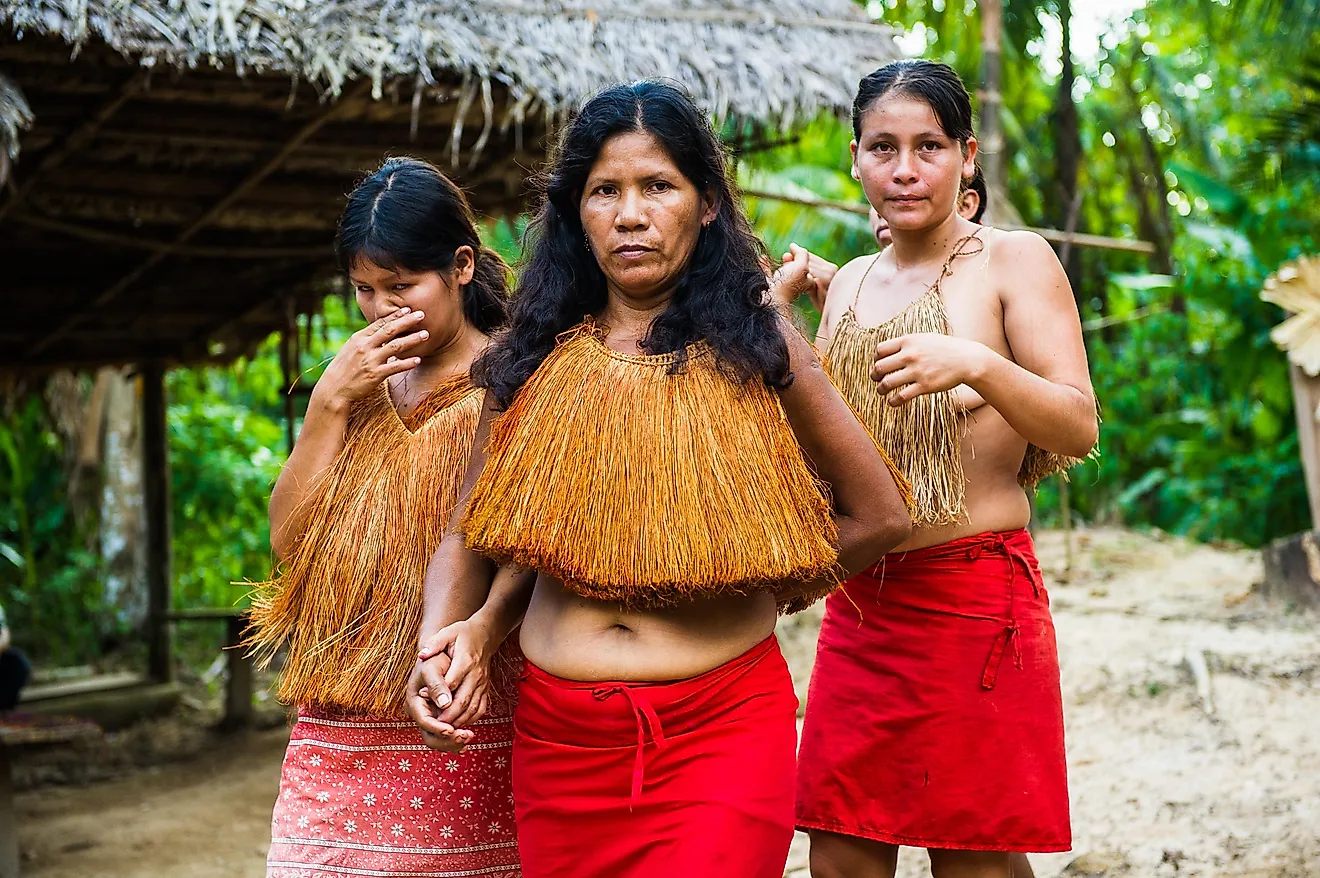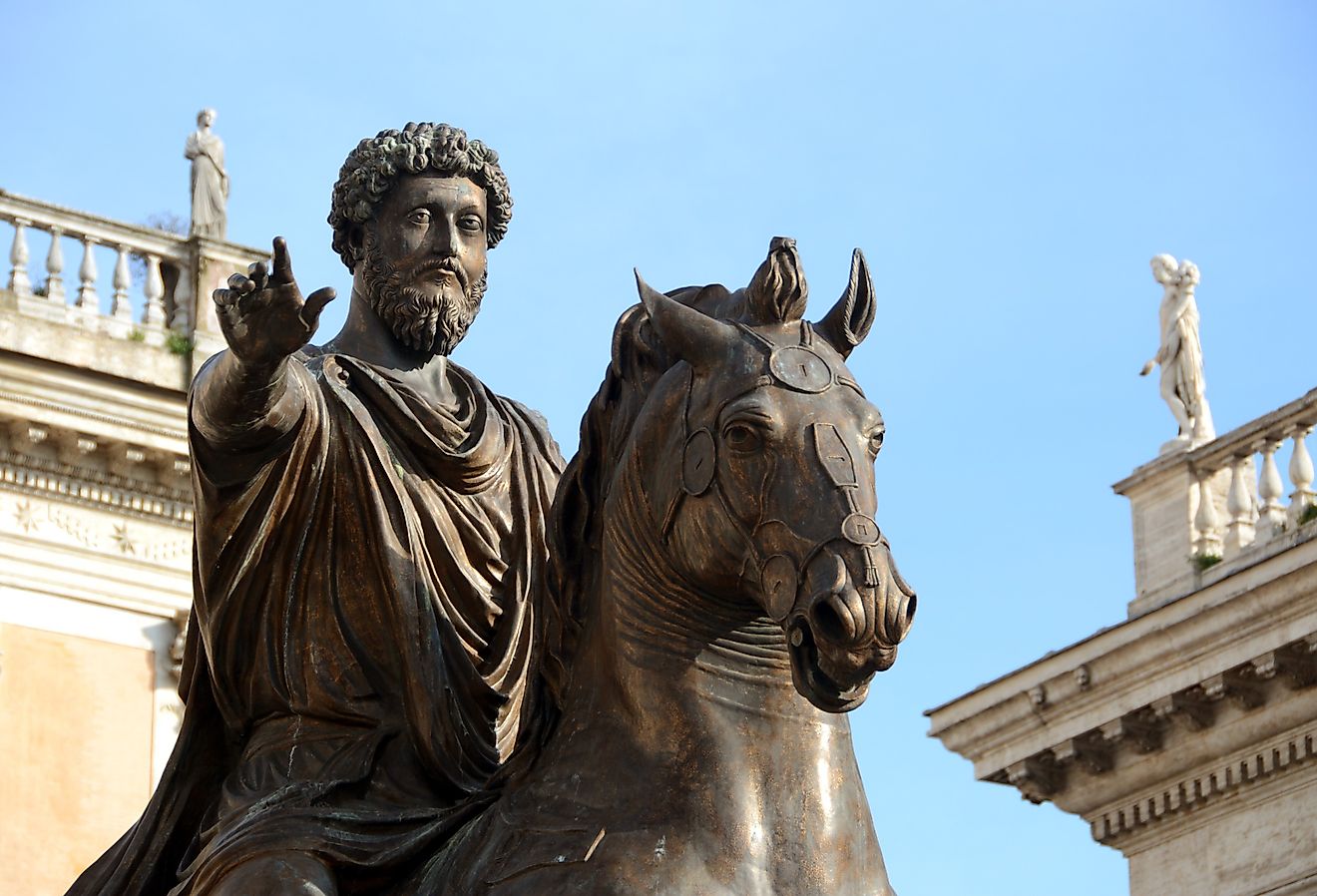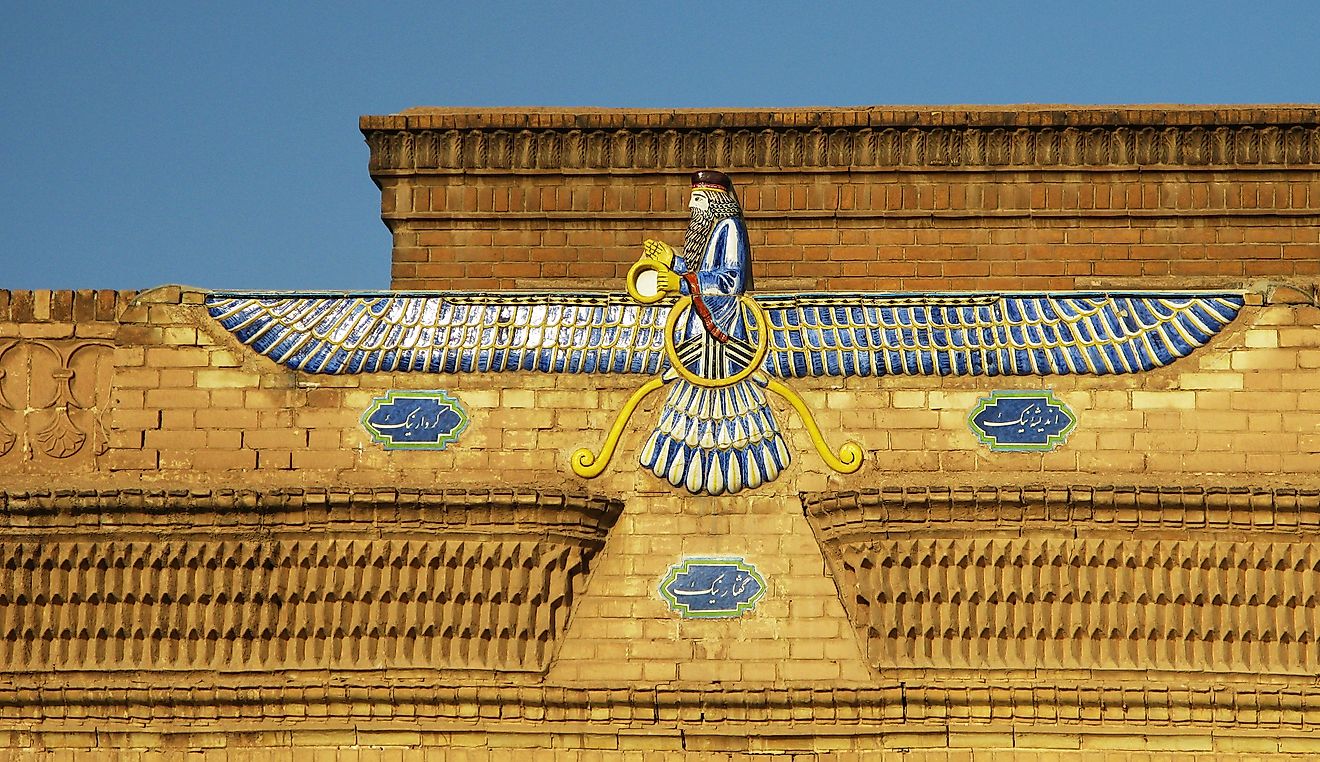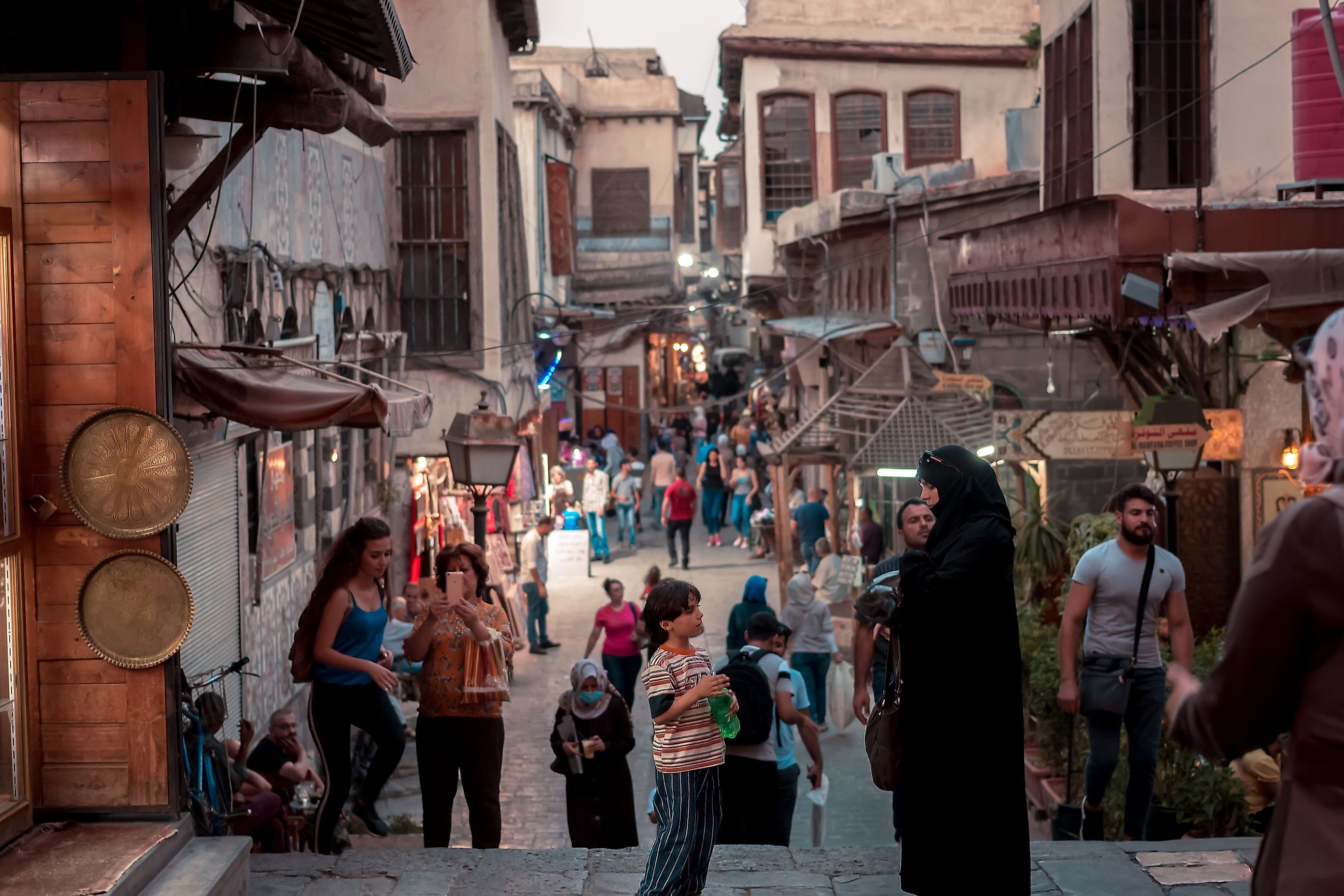
The Largest Ethnic Groups In Syria
Syria's rich ethnic pallet includes Arabs, Turkmen, Druze, Armenians, Yazidis, Kurds, and Circassians, each contributing to the country's cultural, geopolitical and historical landscape. Arabs form the majority, shaping Syria's primary cultural and linguistic identity. Turkmen and Druze, with their unique religious traditions, add to the diversity. Armenians and Yazidis, often seeking refuge from persecution, have established communities in specific provinces. Kurds, primarily in the north, maintain distinct linguistic and cultural practices while retaining their own autonomous territories. Circassians, descendants of forced migrations, preserve their heritage while integrating into Syrian society. Together, these groups highlight Syria's multifaceted ethnic composition.
Kurdish
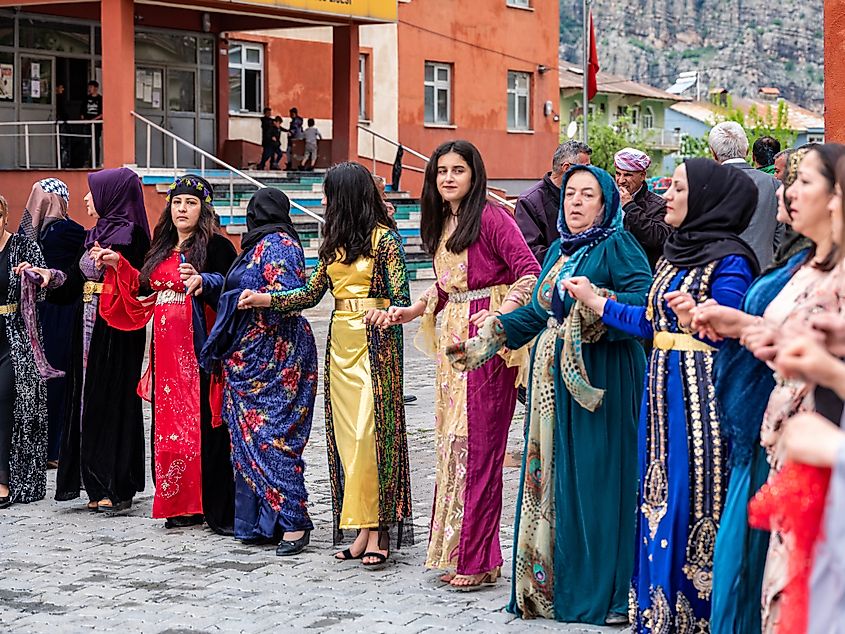
The Kurdish population in Syria, making up about 10% of the country's population and 5% of the global Kurdish population, is Syria's largest ethnic minority. Most Syrian Kurds originate from Turkish Kurds who migrated across the border during the 20th century. The Kurdish population is primarily concentrated in three regions: the northern part of Jazira, the central Euphrates Region around Kobanî, and the area around Afrin in the west, all near the Syria-Turkey border. Additionally, there are significant Kurdish communities in Aleppo and Damascus further south. Human rights organizations have accused the Syrian government of consistently discriminating against and harassing Syrian Kurds. Many Kurds seek political autonomy for what they view as Western Kurdistan, akin to the Kurdistan Regional Government in Iraq, or aspire to be part of an independent Kurdish state. Amid the Syrian Civil War, Kurds established the Autonomous Administration of North and East Syria.
At the start of the Syrian Civil War, the Kurds participated in protests against the government. However, in 2012, the two main Kurdish parties formed the Kurdish Supreme Committee to manage Kurdish-controlled areas. This action triggered a Kurdish rebellion against the Syrian government, resulting in armed conflicts between the two factions. Key Kurdish groups include the Syrian Democratic Forces (SDF), the official military arm of the Autonomous Administration of North and East Syria (AANES), and the People's Defense Units (YPG), which form a major component of the SDF. Since the 1990s, the Kurdish population has decreased as many have migrated to Europe.
Arabs
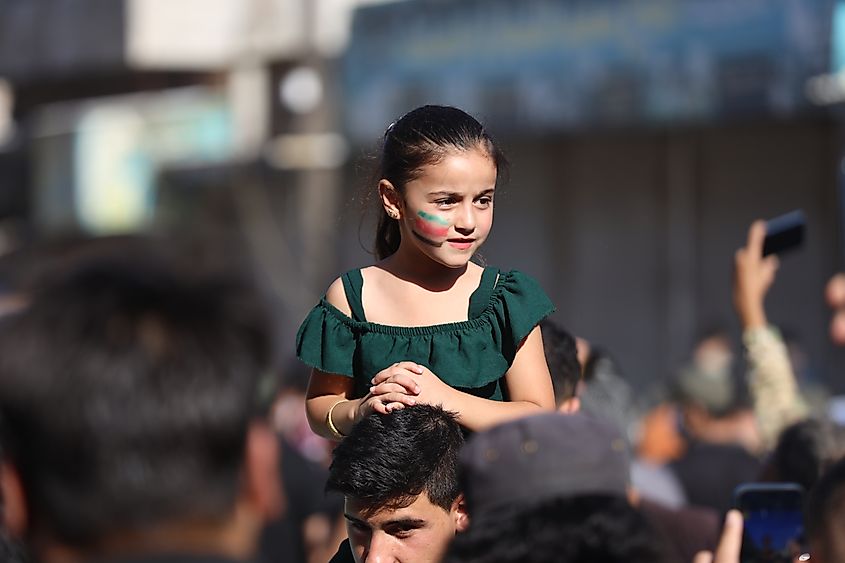
The Arabs are the predominant ethnic group in Syria, making up 70-75 % of the population. This includes various Islamic sects, such as the Alawite, Shia, and Sunni, who have ruled Syria over the years, as well as the Druze. The Arab population in Syria emerged from the Arabization and Islamization that occurred during the first half of the 7th century AD following the Arab conquest of Syria.
Sunni Arabs represent the largest Islamic sect in the country. The Alawites, a small Arabic sect blending pagan, Islamic, and Christian traditions, are believed to have originated from Ibn Nusayr and were initially known as Nusayris before the French took over Syria in 1920. Although they make up only 10 percent of the Arab population, Alawites hold significant governmental power. Shia Muslims, the third-largest sect after Sunni and Alawites, share similar fundamental beliefs with Sunnis and are thought by historians to be the ancestors of the Alawites.
Druze
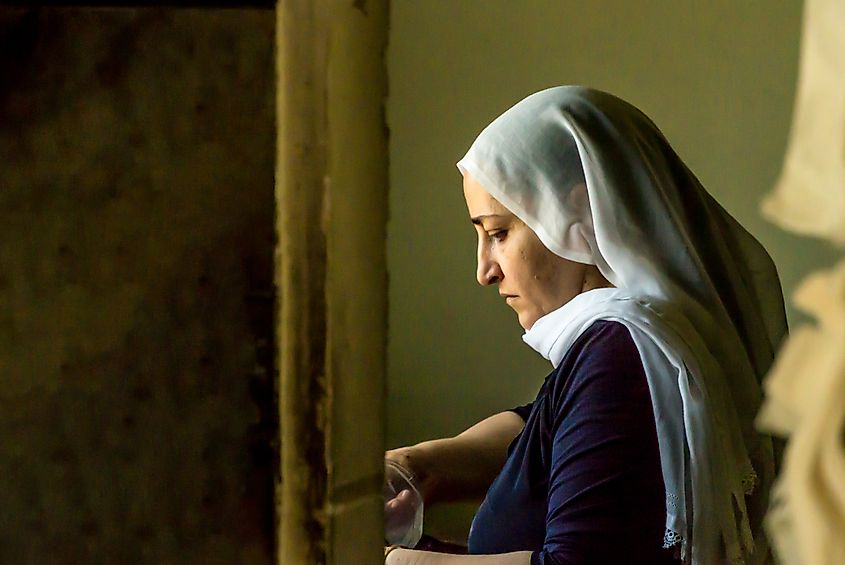
Lebanon boasts the highest concentration of Druze in West Asia, but Syria, a much larger country, has the largest total Druze population, exceeding 600,000. Most Druze in Syria migrated from Lebanon in the 18th century, settling around Al-Suwayda in the Jabal al-Duruz region, where the majority still reside today. In 1925, Druze leader Sultan al-Atrash spearheaded a revolt against French rule. Initially successful locally, the uprising gained support from Syrian nationalists beyond the Druze community and spread throughout the region, reaching Damascus before being suppressed in 1927. Among Syrians, this revolt is remembered as the nation's first nationalist uprising.
Turkmen
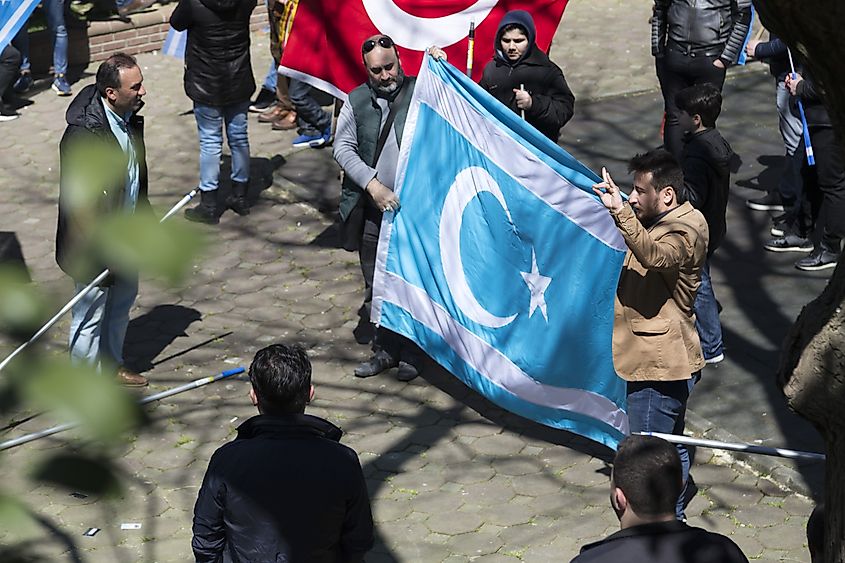
There is a significant ethnic Syrian Turkmen minority in Syria, with a population exceeding 100,000. This community descends from Central Asian Turkic migrants who arrived during the Turkic Seljuk conquest of Syria in 1055, followed by several other waves of migration. The Turkmen population is primarily concentrated in northern Syria, near the Turkish border, and they are predominantly Sunni Muslim.
Since the onset of the Syrian Civil War, Syrian Turkmen have fought against the government, seeking support from Turkey due to their close ties with the country. In December 2012, the Syrian Turkmen Assembly and its military wing, the Syrian Turkmen Brigades, were established to protect Turkmen settlements, participate in offensives, and represent the Turkmen at peace talks.
Yazidi
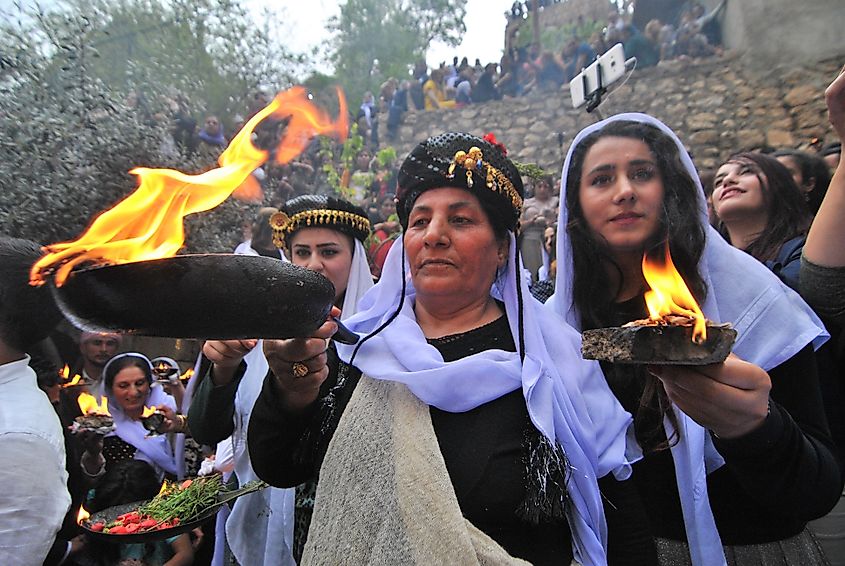
The Yazidi are an ethno-religious group native to the northern Mesopotamia region. They follow Kurdish cultural practices, speak Kurmanji (Northern Kurdish), and are generally considered Kurds. While all Yazidis are Kurds, not all Kurds are Yazidis, as Kurds also practice Sunni Islam, Shia Islam, and Kurdish Christianity.
The population of the Syrian Yazidi community is uncertain. The 1963 national census estimated their number at 10,000, but figures for 1987 are unavailable. Currently, there may be between 12,000 and 15,000 Yazidis in Syria. Since 2014, many Yazidis from Iraq have sought refuge in the Autonomous Administration of North and East Syria to escape ISIL's genocide. In 2014, approximately 40,000 Yazidis resided in Syria, mainly in the Al-Jazirah region.
Armenians
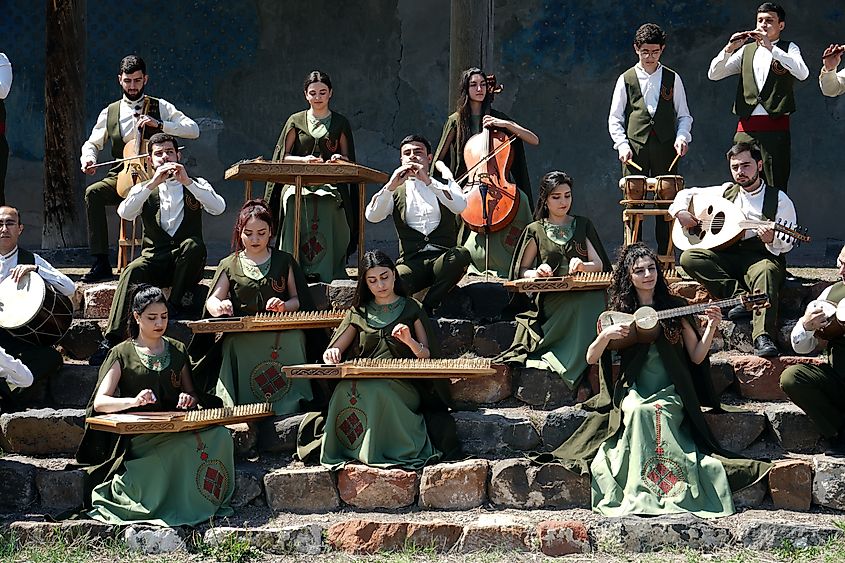
Syria and its surrounding regions have often provided refuge for Armenians fleeing wars and persecutions, such as the Armenian genocide. However, Armenians have had a presence in Syria since the Byzantine era. After the fall of the Armenian Kingdom of Cilicia (1198-1375) in the 14th century, many Armenians relocated to Aleppo, establishing a close-knit community. This community persisted under the Ottoman Empire (1299-1923) following its conquest of Syria in 1516.







